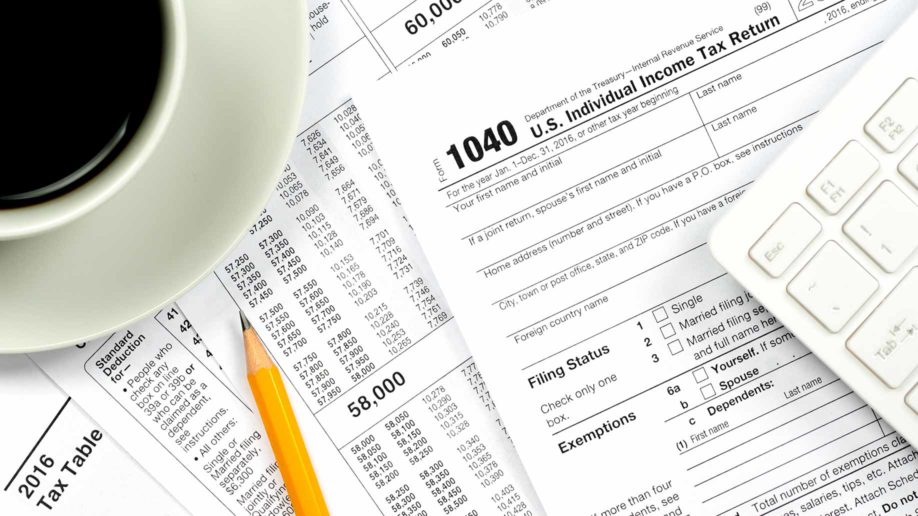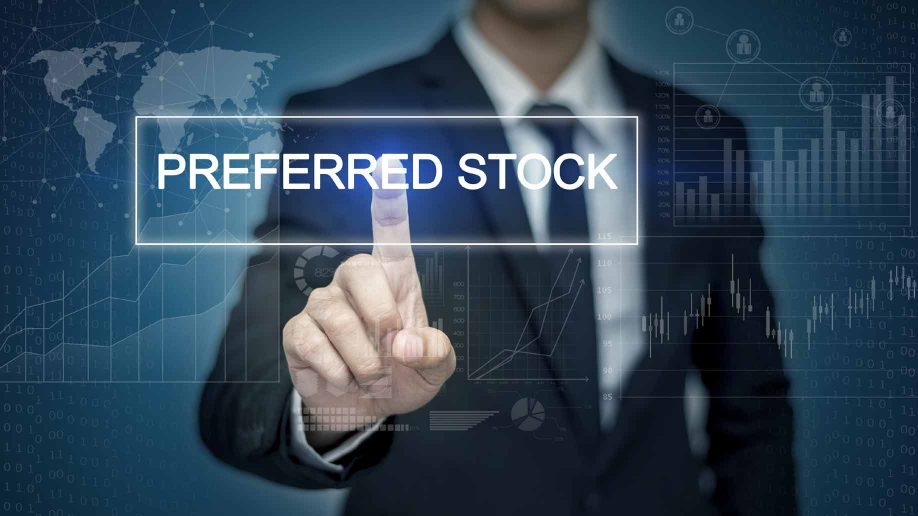
I’ve never forgotten the details of my first purchase of an original oil painting, “Going Home” by cowboy artist Jimmy Cox in 1978. The scene is a panorama of a barren, West Texas prairie at dusk, the sky filled with a smattering of light cirrus clouds glowing purple from the setting sun. Three weary cowboys on their exhausted horses are in the forefront of the painting, the effects of their long workday evident in the slumped shoulders of the men and drooping heads of the horses.
While I’ve purchased other paintings and bronze sculptures over the intervening years, no piece of art has replaced my affection — even love — for that painting. It has occupied center stage in my offices for almost 40 years. The scene reminds me of my early childhood in Texas, the satisfaction of physical work, and the persistence required to build a future in any place. I recognize my father, grandfather, and uncles in the riders’ postures and expressions.
Art has always moved us and evoked memories and dreams of other times and places. British playwright George Bernard Shaw is alleged to have said, “You use a glass mirror to see your face; you use works of art to see your soul.”
Unsurprisingly, some are eager to monetize our attraction to fine art, viewing it as a new investment class alongside stocks, bonds, and gold. Investment-grade art can deliver an annual return of 10% or more, according to its advocates. Some say its movement is counter-cyclical to the movement of equities and thus can stabilize a portfolio during periods of volatility. Laurence Fink, CEO of Blackrock Financial, one of the world’s largest fund managers, claimed in a Bloomberg interview that contemporary art is a “serious” asset class and “one of the top two greatest stores of values internationally.”
Is fine art an appropriate investment for everyone? Should you forego the purchase of a stock or bond to buy a painting or invest in an art fund? How does ownership of art differ from traditional investments like stocks, bonds, real estate, or gold? Let’s take a look.
Why Art Attracts Us
Jean-Luc Godard, French film director and father of the New Wave film movement, claims, “Art attracts us only by what it reveals of our most secret self.” Art is the physical expression of thoughts and emotions. Creating artwork is intensely personal, with the artist expressing his unique perspective of the world — both real and imaginary — around him.

Research by neurobiologist Semi Zeki of the University College in London found that viewing art triggers a surge of dopamine — the chemical neurotransmitter that makes us feel good — in the brain. The feelings associated with art, Zeki found, were similar to those associated with romantic love.
Fine art — paintings, sculptures, drawings, photographs, and prints — transcends time and space. The perfection of physical beauty captured by Michelangelo’s “David,” the angst of Edvard Munch’s “The Scream,” and the mystery behind the Mona Lisa’s smile have fascinated viewers for centuries. However, purchasing art to make money is a relatively modern development.
Fine Art as an Investment
For centuries, the ownership of fine art was limited to society’s elite. Only the wealthy — aristocracy, churches, governments, and very successful tradesmen — could afford to purchase or sponsor a piece of art. Displaying a painting or sculpture in a private setting was physical evidence of one’s status. Steven Pritchard, writing in Culture Matters, notes that as early as the Renaissance, ownership of art signified “status, influence, power, and wealth.”
Read more. . .

 “Congress, Congress! Don’t tax me, tax that fellow behind the tree.” This 1930s ditty reflects the sentiments of most Americans today as Congress once again tries to simplify and reform the 74,608-page Federal Tax Code and Federal taxes. Their task is particularly challenging since about 40% of citizens feel that they pay more than their fair share, according to Pew Research. The groups that don’t pay enough include corporations (80% agree), wealthy people (78% agree), and poor people (40% agree).
“Congress, Congress! Don’t tax me, tax that fellow behind the tree.” This 1930s ditty reflects the sentiments of most Americans today as Congress once again tries to simplify and reform the 74,608-page Federal Tax Code and Federal taxes. Their task is particularly challenging since about 40% of citizens feel that they pay more than their fair share, according to Pew Research. The groups that don’t pay enough include corporations (80% agree), wealthy people (78% agree), and poor people (40% agree).

